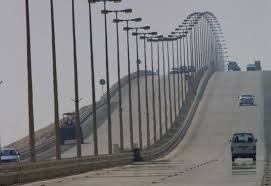Power cables are widely used in various electrical systems. Whether they carry low voltage or high voltage, their protection and safety are critical. When connecting power cables from one terminal to another or to equipment, there are a lot of safety considerations. Sealing the end cap, insulating the switchgear, core separation, sleeving, taping, etc. Therefore, there are a lot of Power Cable Accessories used whenever a cable is drawn and attached. In this blog, we are going to discuss why these are important and throw light on some of the main types.
Why Power Cable Accessories Are Important
Power cable accessories are important for several reasons. Firstly, they ensure electrical safety and the integrity of the connection. They safeguard the system from electrical failures that may be caused by loose connections or open ends. The stress at the joint is high compared to the rest of the cable, so it is distributed by one of these accessories. Secondly, these create an identifiable barrier between the different connections. Separate connectors for terminals, motors, switchgear, etc., are necessary for identification. Lastly, these help in ensuring the electrical system meets regulatory compliance.
Types of Power Cable Accessories
Depending on the voltage levels, insulation, protection from environmental factors, and other factors, there are several types of power cable accessories. Here is the list of the main types:
- Connector: These physically link the electrical conductors to facilitate power transmission between the ends of a circuit. These are terminals, junctions, plugs, and sockets.
- Terminations: The terminations are heat shrink or cold shrink, whichever is suitable. These are used to terminate the cable at the equipment, a junction, or a terminal. The process may involve a speed gun in a heat-shrinking method. This is to secure the termination of the cable.
- Joints: The joints are used to connect two cables or wires to extend the transmission cable, repair, or branch out. These are corrosion-resistant and have an unlimited shelf life.
- End Caps: These caps are used to close the open end of the cable when they are not being used. These protect the cable from dirt and moisture when being stored or transported.
- Tape: These are adhesive tapes used for insulation, protection, and identification of cables and wires, and prevent electrical hazards.
- Gland: It secures the entry point of cables and seals the ends. It protects the cable from straining and pulling, providing mechanical security.
Conclusion
To summarize, power cable accessories are crucial in securing connections, providing insulation, and protecting the electrical system from damage. The purpose of these accessories is to protect, insulate, and secure connections. These facilitate the power transmission by connecting the joints safely and terminating the cables. Some of the other accessories include bus sleeving, right-angle boot, straight boot, and bus bar taping, among others. The heat-shrink and cold-shrink methods are the two popular methods used in joining and terminating cables. By choosing these accessories, the experts ensure a safe electrical network and longevity of the system.





